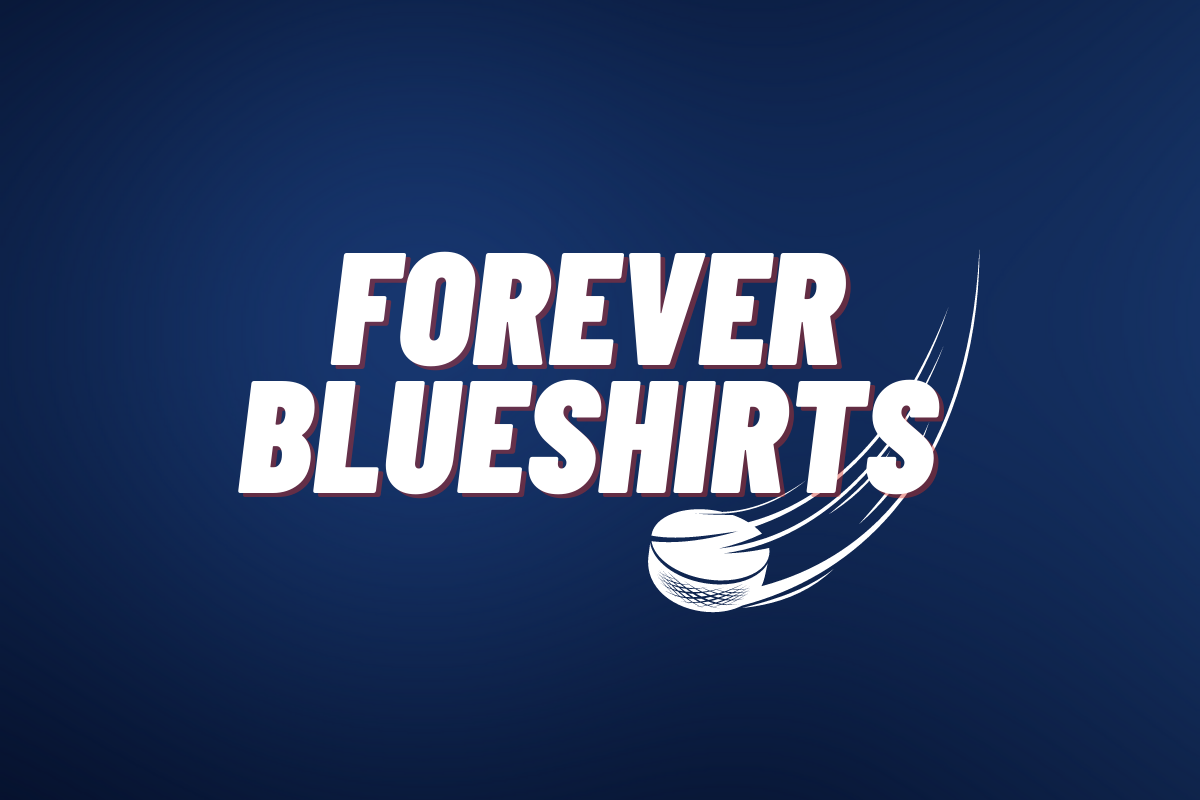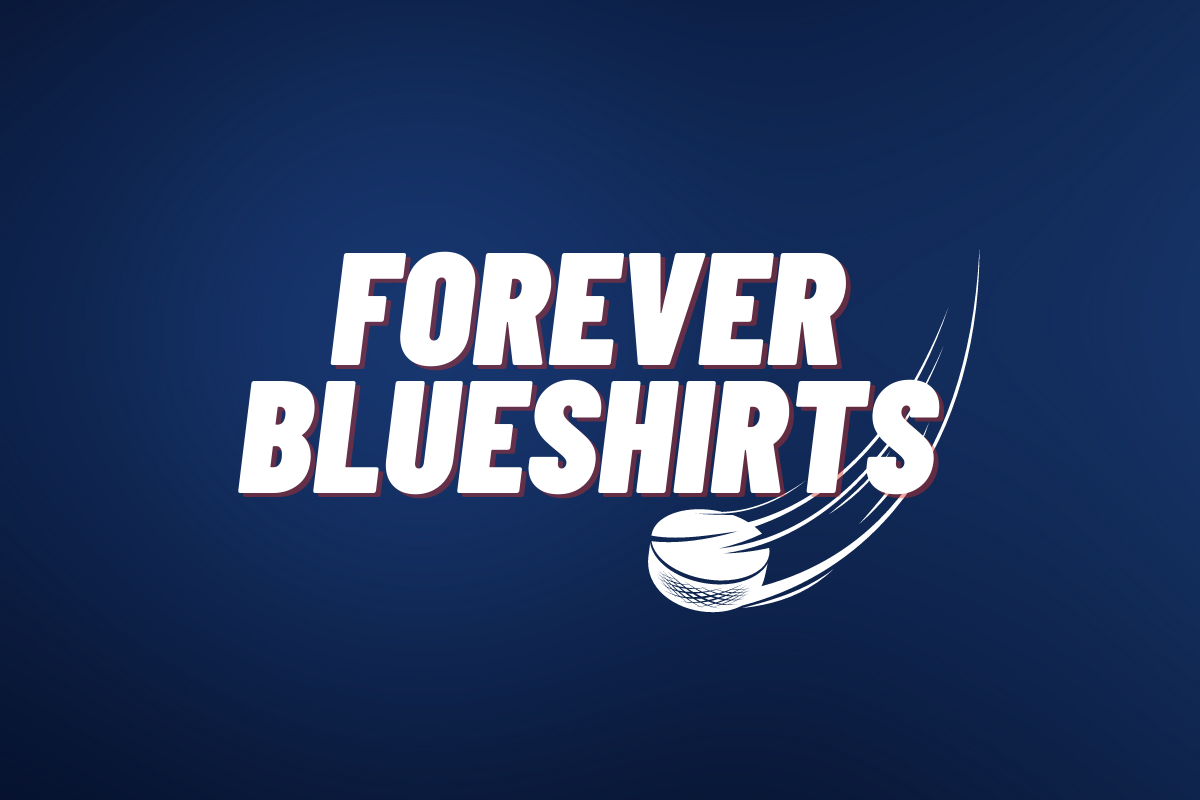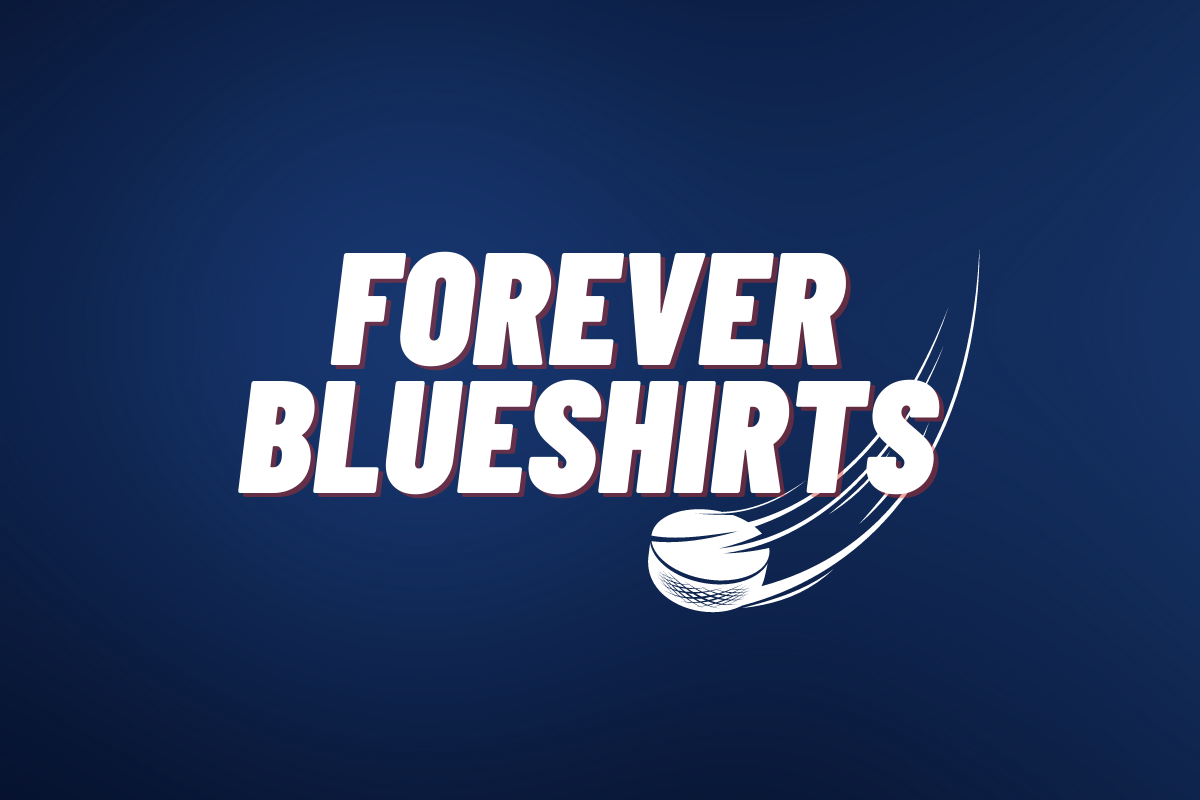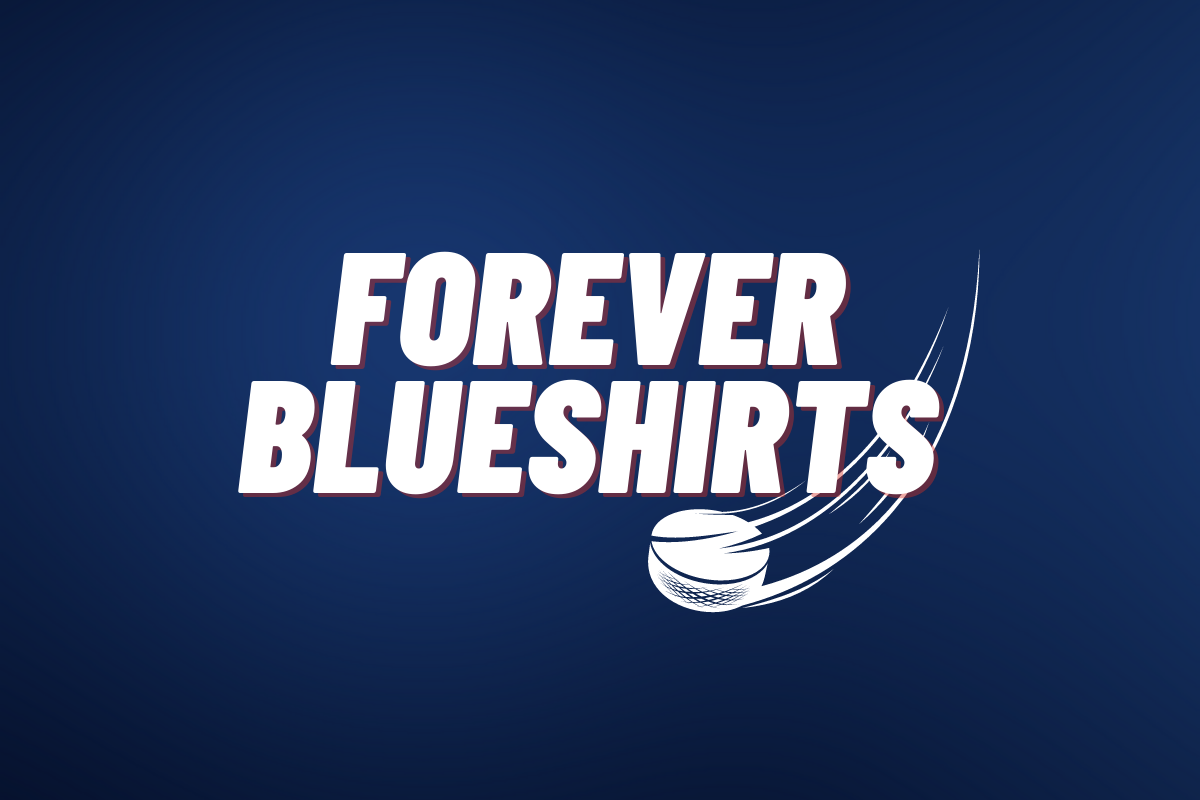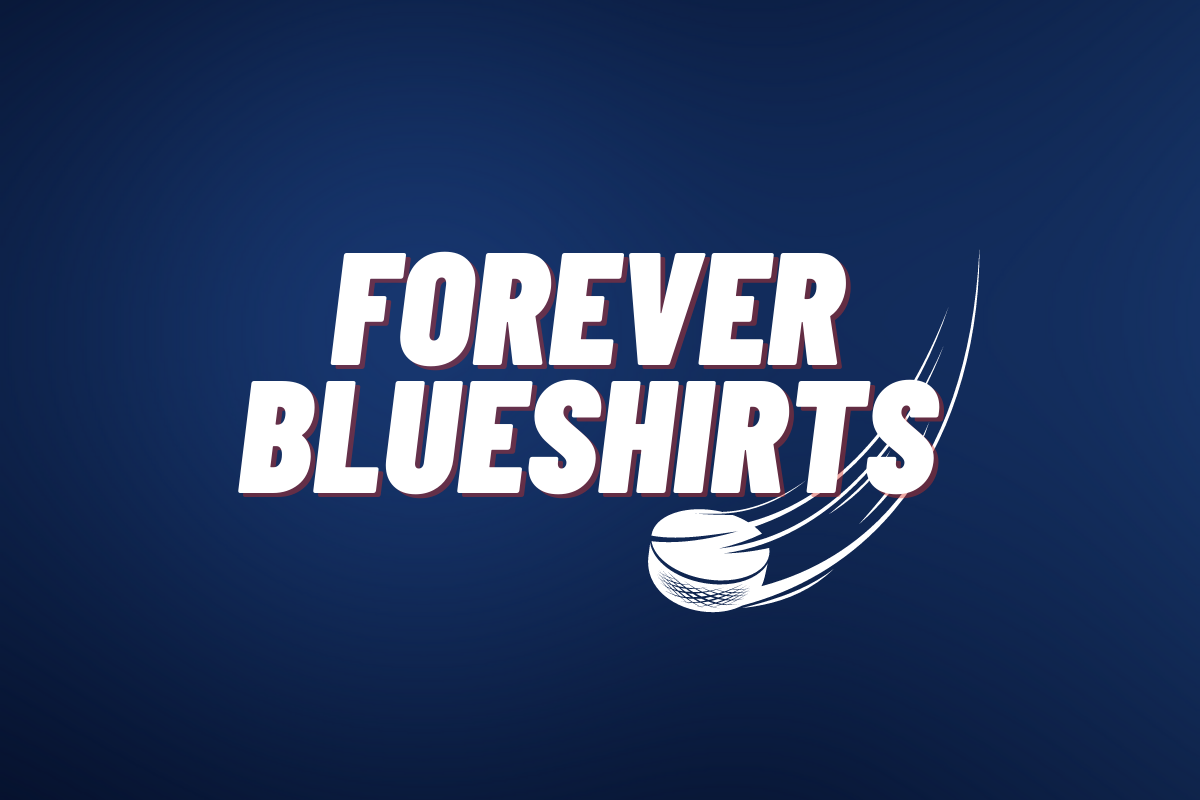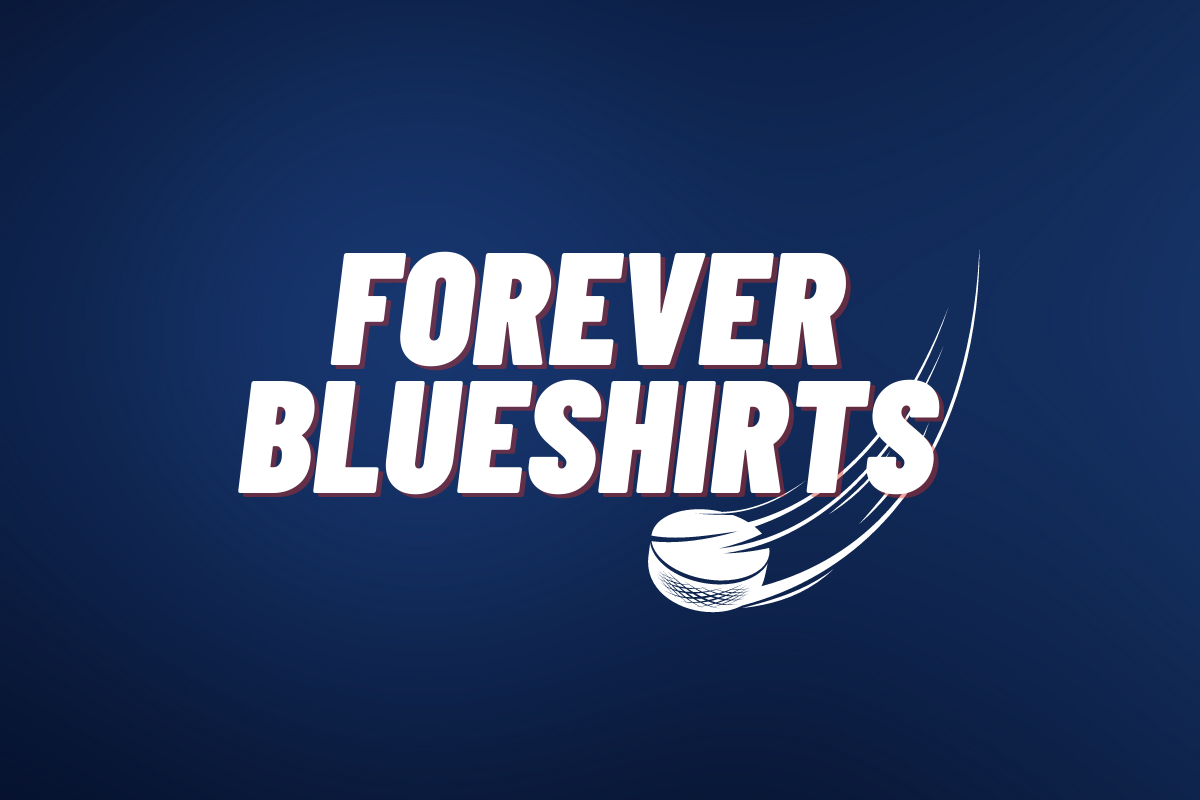Alain Vigneault’s Hockey System Is A Recipe For Success
When the Rangers hired Alain Vigneault, he was highly touted as one of the more impressive hockey minds in the game today. His system was different from what John Tortorella had implemented prior and the learning curve led to a rough start. However, when it finally sank in, the Rangers took off.
The New York Rangers even strength strategy is designed to outnumber the opponent. Like all teams, it is trying to pull the defensive coverage apart, as Alain Vigneault said shortly after being hired. When asked(multiple times by the media) if the New York Rangers would score more goals. The new coach replied “we are going to overload in the offensive zone and we are going to overload in the defensive zone”. Alain Vigneault likes short, quick passing and overloading. He wants his players to outnumber the opponent in the offensive zone as well as in the defensive zone.
The Offensive zone strategy and the overload
Under second year coach Alain Vigneault, most of the New York Rangers offense is created while in possession of the puck. The forwards try to gain the zone and if they fail to do so. The forward will then pass the puck back to the defenseman and try again to gain the zone with the puck.
Part one: Regrouping is what makes a puck possession team.
This process is called regrouping. Regrouping is part one of three in a puck possession based strategy. It’s a large part of the puck possession system. Rather than give the other team the puck and try for a turnover with the forecheck. You keep the puck and try to carry it in the attacking zone.
Every team regroups but some do it more than others. All teams dump the puck in and forecheck. Some teams use it as their primary tactic for creating offense. Like the New York Rangers under John Tortorella. They regrouped at times to but only during line changes or to get a good dump in the zone.
Part two of the puck possession strategy is called the support. A team cannot keep possession without it!
Support is imperative for the puck possession strategy to work. forwards and defenseman will support the puck and the puck carrier up the ice until the offensive blue line is crossed. When the Rangers gain the offensive zone. They’ll form a variation of a triangle wherever the puck goes. By doing so they keep the puck and try to cycle the puck.
[su_youtube url=”https://www.youtube.com/watch?v=Iuk7PNmG3tQ”]
Which brings us to the third part of a puck possession team.
The strategy in the offensive zone. Part three, the Flow.
The strategy calls for continuous movement of the puck up the half boards on either side with short concise passes. The triangle gives the puck carrier two passing or low options. He can try the lateral pass to a forward skating in a circular motion towards the net. Or he can pass back down the boards and the forward skating behind him is the new distributor of the puck.
The puck distributor also has his defenseman as the high options. This is another way of regrouping yet keeping the offensive zone. Hence the third part of puck possession. It’s known as the “flow” by coaches. Forwards will skate towards the front of the net continuing the circular motion along the boards. The overload strategy is looking for a coverage mistake and a clear pass to the slot for a scoring chance.
The New York Rangers defensive strategy
In the defensive zone under Alain Vigneault, the Rangers use a strong side overload when the puck is above the hash marks at the faceoff dots. This strategy relies mainly on man to man coverage. There’s also a defenseman and a forward in a zone guarding the slot. When the puck is along the wall, the Rangers outnumber the opposition. They use three skaters to two win board battles and five on three on the strong side (the side of the zone the puck is on). This will also put the Rangers in good position to go on the attack once they can get the puck.
Some teams send two guys to the boards. While the Rangers generally use three along the boards man to man. While a forward and a defenseman defend the slot in zone coverage. In this strategy, these two skaters are most important. Both have to have eyes behind their heads, watching for cross ice passes to the weak side. Whether it be to a forward back door or to the defenseman at the point for an open shot at the net they must be alert. This is the best way to beat the strong side overload.
The idea behind the strong side overload strategy is to spend less time defending and more time on the rush. More time in the other teams defensive zone. The way this defensive strategy works is to limit the attacking team to half of the ice. You give the opposition less time and space to make a play. As long as the passing lanes are covered and the opposition is not able to get the puck across to the weak side.
When the opposition gets the puck down low, the Rangers still use a “Low Zone Collapse” to protect the house. Most teams use it when the puck is deep in their defensive zone. Some coaches use it exclusively, like Tortorella once did. Dan Bylsma also used the low zone collapse in Pittsburgh. He would pressure the points more when the puck came up high. That is the difference in systems but there were many parallels between Bylsma and Tortorella.
The New York Rangers defensive strategy without the puck
Alain Vigneault uses a moderately aggressive 1-2-2 forecheck when the Rangers don’t have the puck. For those of you that don’t know, forechecking is part of the defensive strategy since you don’t have the puck. On the forecheck the Rangers send one skater (In AV’s system it’s usually the left winger) deep in the zone, attempting to create a turnover. The other two forwards are higher in the zone, looking for a turnover and subsequent scoring chance.
Every team will forecheck when they don’t have the puck. Under Alain Vigneault the Rangers don’t dump and chase as often as they were once known for. The 1-2-2 forecheck can be used moderately, aggressively, or as a hybrid neutral zone trap. This all depends on how deep in the zone the forechecker will go to chase the puck carrier from the other team.
Coach Alain Vigneault will use it differently in different game situations. During a line change you’ll see a neutral zone trap. With a late lead the forwards stay up near the faceoff dots or higher. When his team is behind, AV will use the forecheck more aggressively by moving all five skaters deeper into the opposition’s zone. The Rangers are not a forechecking team but with the level of skating they possess, their forecheck can be deadly and really help take games over when it is creating scoring chances.
The defensive miscues will be resolved sooner than later.
The reason the Rangers allowed seventeen goals in three games was because players guarding the slot were not in good position. The defenseman were also not physical enough. They allowed the Maple Leafs to have a picnic in the crease in front of their net. Like last season the New York Rangers are still learning their defensive assignments.
This year it won’t take until after Thanksgiving for the chemistry among line mates to click. The strategy Alain Vigneault and the New York Rangers use, will work to great effect. Just as it did last season and hopefully back to the finals in 14/15.
[youtube https://www.youtube.com/watch?v=DsCjjxNIFPQ&w=560&h=315]
More About:New York Rangers Features

